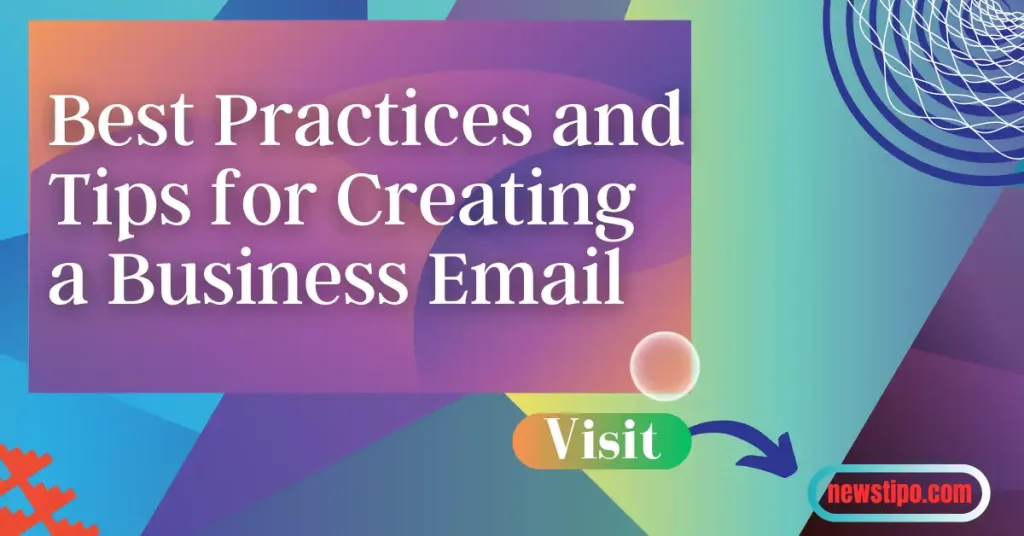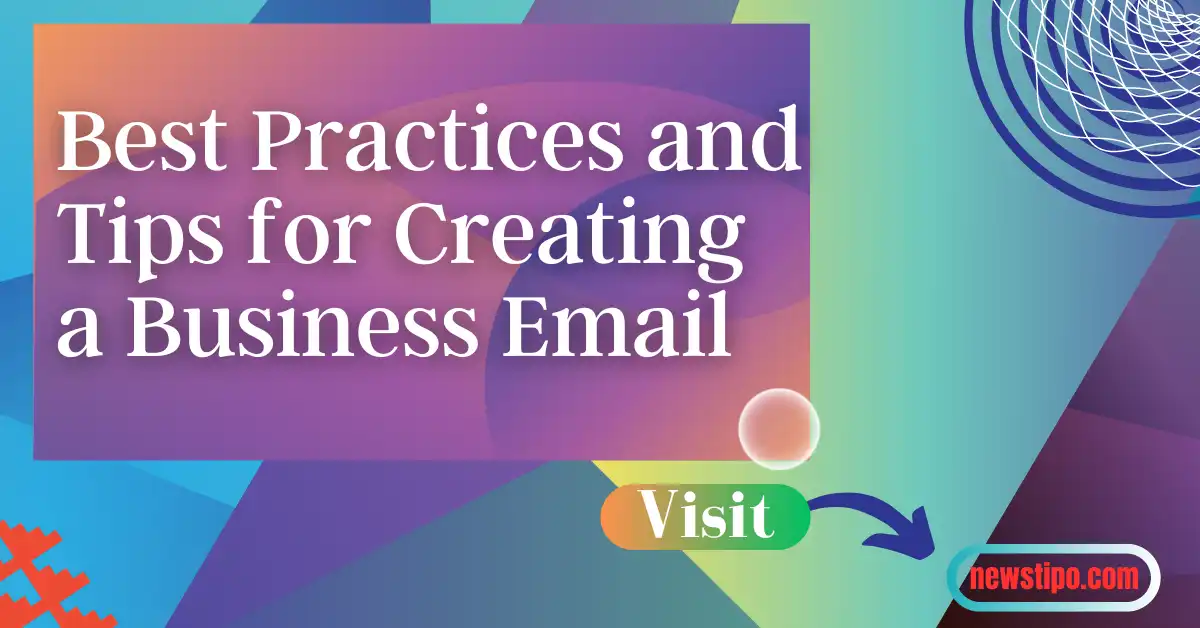It’s no secret that email is one of the best ways to connect with customers and drive conversions. And, with the growing trend of using email as a marketing tool, it’s important to have a strategy for creating great business emails. In this article, we’ll share some best practices and tips for creating effective emails that will engage your customers and turn them into leads.
Sending emails to your customers can be a great way to keep them up-to-date on what’s happening with your business, and it can also help generate leads and sales. But making sure you’re sending the right kind of email, at the right time, to the right person, can be tricky.
In this article, we’ll outline some best practices for creating business emails, as well as some tips for making them more effective.
Structure your email
Creating effective email marketing can be a challenge for many small businesses. It can be difficult to create an email that is both effective and efficient. To help you structure your email marketing campaigns, consider following these best practices.

1) Start with a clear goal. What are you hoping to achieve by sending this email? This will help you develop specific marketing objectives and strategies.
2) Keep your message short and to the point. Don’t waste your time or subscribers’ bandwidth with long emails that contain little information. Stick to one or two key points that support your main argument.
3) Be consistent. Your subscribers will begin to expect certain types of emails from you, so make sure you always deliver on your promises.
4) Use visual aids sparingly. If they are necessary, make sure they are helpful and not distracting. Graphics can take up a lot of space, making it difficult for subscribers to read your message.
5) Make use of opt-ins and follow-ups. Asking subscribers to take action (by signing up for a newsletter, for example) can increase their chances of conversion and encourage them to return to your site in the future.
Use appropriate subject lines
Always include the subject line in your email. This is the first thing that people see when they open your email and can help determine whether or not to open it.
The subject line should be relevant to the email and reflect the topic of the email. Make sure your subject lines are short and to the point. You don’t have a lot of space and people’s attention spans are shorter than ever.
Don’t Miss>>>
- How to Write Professional Email Signatures (With Examples)
- What Is a Drip Campaign and How to Create Your Own
Use keywords in your subject lines. When people search for information online, they use keywords to find what they’re looking for. Including keywords in your subject lines will help people find your emails when they’re looking for information related to your topic.
Formatting is important too! Make sure all of your text is properly formatted including paragraphs, lists, and headings. This will make it easier for people to read your email and understand what it contains.
Keep your email brief! People don’t have a lot of time to read long emails and they’ll just delete them if they feel like they aren’t getting enough information from you in a short amount of time.
Create compelling body copy
When it comes to email marketing, creating compelling body copy is key.
Here are some best practices to help you create persuasive email content:
1. Use active and persuasive language. When you write your emails, make sure that your language is active and persuasive. Use words and phrases that will encourage people to take action, sign up for your mailing list, or buy your product. For example, say things like “Only 99 cents today!” or “Don’t miss out on this incredible deal!”
2. Use images to drive attention to your email content. If you have good images that support your text, they can help people pay more attention to your email. Plus, using images can also help you create a visually appealing email that will get people interested in reading it.
3. Keep your email short and sweet. People tend not to read emails that are too long or wordy. Focus on getting your message across in the most effective way possible by using short sentences and paragraphs.
Use bullets and numbered lists
-Use simple, concise language in your email
-Keep your email short and to the point
-Use active voice
-The Use of clear, specific language
-Use standard business grammar and word choice
-Include a lead-in paragraph that introduces the topic of your email
-Include a cc line for follow-up questions or comments
Use visual aids
When creating an email to represent your business, it’s important to use visuals to help convey your message. A well-designed email can help you stand out from the competition and create a memorable impression.
Here are some tips for creating visually appealing emails:
-Use color to accentuate key points in your message. Use bright colors to draw attention to important information, and use muted colors to emphasize softer aspects of your message.
-Keep your fonts simple and easy to read. Avoid fancy fonts and types of faces that are hard to read at a glance. Stick with basic, modern fonts like Arial or Helvetica.
-Think about layout when designing your email. Consider how different sections of the email will look when displayed onscreen. For example, is a photo or chart worth including? How do you want users to navigate through your email? Is a sidebar necessary?
-Make sure all of your text is legible at a size that works best for the viewer’s screen. Try using fonts that are smaller than usual or adjusting the text size in email programs before sending your message.
Signoff your email
When you send a business email, be sure to sign it off with a polite “Best,” “Sincerely,” or “Regards.” This simple courtesy shows that you took the time to write and send the email.
When you send an email, always sign off. This way, the recipient knows that you are finished with the email and will not receive further messages from you. It’s also polite.
